Performing Arts: Theater

Celia Adler
Celia Adler’s popularity as a Yiddish actor made her a force in the Yiddish art theater movement, where she was loved for her ability to combine pathos and charm. In 1918, she joined Maurice Schwartz’s Yiddish Art Theater, and in 1919 she founded the Jewish Art Theater with several other actors. Her successful performance career lasted until her last film, Naked City, in 1948.
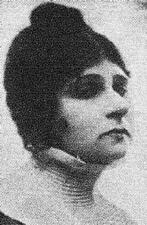
Sara Adler
In her powerful performances of plays ranging from Shakespeare’s tragedies to Ibsen’s A Doll’s House, Sara Adler helped elevate the possibilities of Yiddish theater. Although her reputation as an artist must have benefited from the association with her husband, Jacob P. Adler, Sara Adler was an admired actor and a strong presence on the Yiddish stage.

Stella Adler
As an actress, director, and teacher, Stella Adler transformed a generation of American actors. After achieving stardom in films and on stage, Adler traveled to Paris to rethink the possibilities of Method acting with Stanislavsky. She transmitted the new acting techniques to her students and energized a generation of younger actors who shared her passion for the theater.
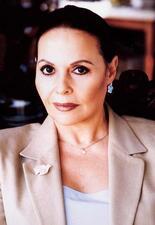
Gila Almagor
Israeli writer, actress, and filmmaker Gila Almagor’s acclaimed 1988 autobiographical film Summer of Aviya and its sequel Under the Domin Tree bought attention to post-Holocaust trauma and depression, which were often scorned by Israeli society. Almagor is also a founder of the Israeli Union of Performing Artists, the Tel Aviv International Film Festival, and the Gila Almagor Wishes Foundation.
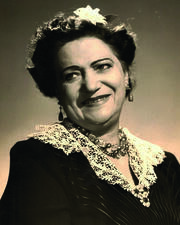
Anna Appel
Anna Appel was known for her performance of motherly characters in Yiddish and English roles and had a successful career in Yiddish vaudeville, film, and on Broadway. Appel had her big break in 1918 in Morris Schwartz’s popular Yiddish Art Theater; she performed there for ten years, before moving to Yiddish film. In 1928 she made her Broadway debut and performed until 1959.

Bea Arthur
Bea Arthur began and ended her illustrious career on the stage, with critically acclaimed roles in Fiddler on the Roof and Mame in the 1960s and a one-woman Broadway performance in the 2000s. But she became a feminist and gay icon with her Emmy-award-winning television situation comedies from the 1970s through the 1990s: All in the Family, Maude, and The Golden Girls.

Lauren Bacall
Lauren Bacall’s 1944 Hollywood debut in To Have and Have Not catapulted her into instant stardom. Costarring with her husband-to-be, Humphrey Bogart, Bacall soon became known for her smoldering look. Throughout her career, Bacall felt pressure to relinquish her Jewish identity but held a strong allegiance to her first-generation Jewish immigrant family.

Cora Baird
In a reverse of the usual sequence of events, Cora Eisenberg Baird started playing with dolls when she grew up and married puppeteer Bil Baird. They performed at the 1939 and 1940 World’s Fairs and in the 1941 Ziegfeld Follies. They created educational and public service films and founded the American Puppet Arts Council.
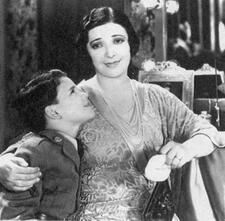
Belle Baker
Belle Baker has been described as a famed torch singer and vaudeville star, as well as a Yiddish, Broadway, and motion picture actor. Among the songs associated with her are “Eli Eli” and “My Yiddishe Mama.” Her resonant voice made her the first choice of many composers to debut their songs, and she helped to introduce 163 songs to the public throughout her career.
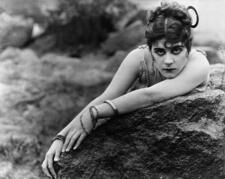
Theda Bara
Theda Bara was a film icon of sensuality and the exotic for generations. Bara’s magnetic performance in her debut film A Fool There Was made her an overnight success, and between 1915 and 1919 she starred in over forty films. Unfortunately, Bara’s dark exoticism was short-lived and she was passed over in favor of more “wholesome” starlets, but she remains a cinematic icon.
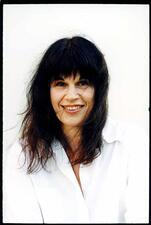
Michal Bat-Adam
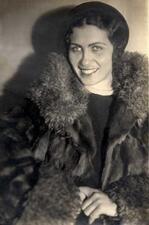
Shulamit Bat-Dori
Shulamit Bat-Dori defied notions about the inappropriateness of theater in the kibbutz, creating popular and acclaimed plays for the masses. Bat-Dori joined Ha-Shomer ha-Za’ir and made Aliyah in 1923, bringing her passion for theater, dance, music, and languages to Kibbutz B (later Mishmar ha-Emek). She wrote plays and founded the Kibbutz theater.

Nora Bayes
Nora Bayes was a star in vaudeville and musical comedy in the early twentieth century. Known for her lush singing voice and hilarious acting, Bayes was a part of the Ziegfeld Follies, the Keith vaudeville circuit, and had her own one-woman show. Bayes had many arguments with male producers, theater administrators, and businessmen, as she often questioned the traditional role of women and asserted her independence.
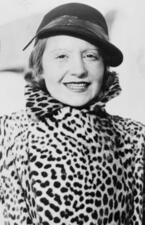
Elisabeth Bergner
Elisabeth Bergner, born in Austrian Galicia, was one of the most successful and popular stage and screen actresses in pre-World War II Germany, known for her superior artistic skills and wide variety of roles. During the war, she helped actors escape Germany. She was honored with the Schiller Prize of the City of Mannheim, the Ernst Lubitsch Prize, and the Austrian Cross of Merit for Science and Art.
Gail Berman
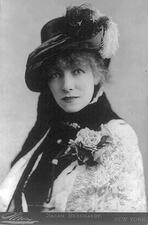
Sarah Bernhardt
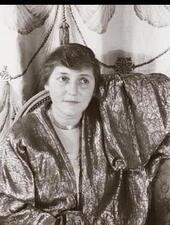
Aline Bernstein
Aline Bernstein was one of the first theatrical designers in New York to make sets and costumes entirely from scratch and craft moving sets. She designed sets for the Theatre Guild and various independent producers, winning numerous awards for her work, including a Tony for costume design for Regina in 1949. She later founded the Costume Museum and began writing fiction.

Miriam Bernstein-Cohen
Miriam Bernstein-Cohen was an influential actor, director, poet, and translator in Europe and Israel. She was a versatile actor, appearing successfully both in comedies and in serious plays with the Ohel, Matateh, and Haifa Municipal Theater companies. In addition to her theater work, she wrote books and essays on theater and literature throughout her life.
Glika Bilavsky
Glika Bilavsky’s activities ran the gamut of secular Yiddish culture, from her political activism to her theatrical career. She fled Poland with her fiancé, Morris Bilavsky, in 1907 and settled in Copenhagen, where the pair married and created a Yiddish theater troupe. In 1921, the couple moved to New York, where Bilavsky performed and volunteered for Hadassah, United Jewish Appeal, and the women’s auxiliary of Mizrahi.
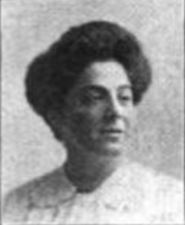
Anita Block
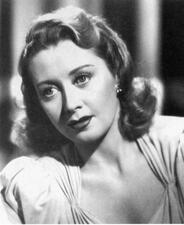
Joan Blondell
A beautiful and accomplished stage and screen actress, Joan Blondell was known for playing character roles as a wisecracking, working-class girl. Blondell toured all over the world, performed on Broadway, and eventually ended up in Hollywood doing movie and television work. In 1972 she wrote a novel, Center Door Fancy, based on her own life and career.
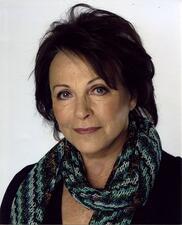
Claire Bloom
Helen Abrahams Blum
Helen Abrahams Blum was an artist who developed a passion for theater. Blum exhibited her work in various galleries throughout the United States and designed scenery and costumes for the Little Theater Movement. She was an active member of the Rodeph Shalom Sisterhood and the international peace movement.

Esther Brandeau
Esther Brandeau was born in southwestern France around 1718, descended from exiles of the Inquisition in Iberia. Brandeau passed as Christian and male across France for five years before setting sail as Jacques La Fargue. Doubly outed at or en route to Québec, Brandeau | La Fargue was ultimately deported from New France, purportedly for refusing to convert to Christianity.
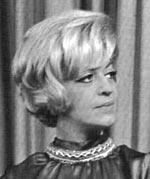
Brazil, Contemporary
Brazil is home to the second largest Jewish community in South America. Jewish women played important roles in the absorption of Jewish immigrants from Europe, the Middle East, and North Africa, and also made important contributions to Brazilian intellectual and artistic life.


